Vision Pro and the Changing Landscape of Developer Workloads
Introduction
The Apple Vision Pro, a mixed-reality headset equipped with both augmented reality (AR) and virtual reality (VR) capabilities, is changing the game in the tech industry. It is designed to offer a highly immersive experience for entertainment, productivity, and communication. But beyond that, it has also changed the landscape of developer workloads. Developers now have to adjust to the new demands and opportunities brought about by this innovative technology.
The Vision Pro: A Game-Changer in AR and VR
The Vision Pro is an advanced device that integrates AR and VR, allowing users to overlay digital elements onto the real world and providing fully immersive virtual environments. It features a high-resolution display, spatial audio, eye and hand tracking, custom design, and is powered by Apple Silicon. The device is intended for a wide range of applications, from entertainment to professional use.
The introduction of the Vision Pro has opened up a new world of possibilities for developers. They now have a new platform to explore and innovate on, which can be both exciting and challenging.
Implications for Developer Workloads
The advent of the Vision Pro has significantly impacted developer workloads in several ways.
Increased Complexity
Developing for a mixed-reality device like the Vision Pro is inherently more complex than for traditional platforms. Developers must create experiences that seamlessly blend the digital and physical worlds, taking into account factors like spatial awareness, user interactions, and visual fidelity. This requires a deep understanding of AR and VR technology, as well as creativity and problem-solving skills.
Learning New Skills
Developers have to learn and apply new skills to develop for the Vision Pro. They need to understand the unique characteristics of AR and VR, such as gaze tracking, gesture recognition, and spatial audio. They also have to master new tools and libraries specific to AR and VR development. This can increase the workload for developers, particularly in the initial stages of learning and adaptation.
Enhanced User Experience
The Vision Pro emphasizes a highly immersive and interactive user experience. As a result, developers need to focus more on creating intuitive, engaging, and lifelike experiences. They have to consider how users interact with the virtual environment, how the digital elements respond to these interactions, and how to make the experience as natural and comfortable as possible. This puts more emphasis on user experience design and testing in the development process.
Higher Performance Demands
The high-resolution display and advanced features of the Vision Pro demand high-performance applications. Developers need to optimize their applications to run smoothly on the device, ensuring they make efficient use of resources and deliver consistent performance. This can increase the technical complexity and workload of the development process.
Conclusion: Adapting to the Changing Landscape
The introduction of the Vision Pro has certainly changed the landscape of developer workloads. While it presents new challenges, it also offers exciting opportunities for innovation and creativity. Developers who can adapt to these changes and master the skills needed for AR and VR development will be well-positioned to lead in this emerging field.
As AR and VR technologies continue to evolve, developers' workloads will continue to evolve with it. The key to success is continuous learning, adaptation, and a willingness to explore the unknown. With the Vision Pro leading the charge, the future of AR and VR development looks bright indeed.




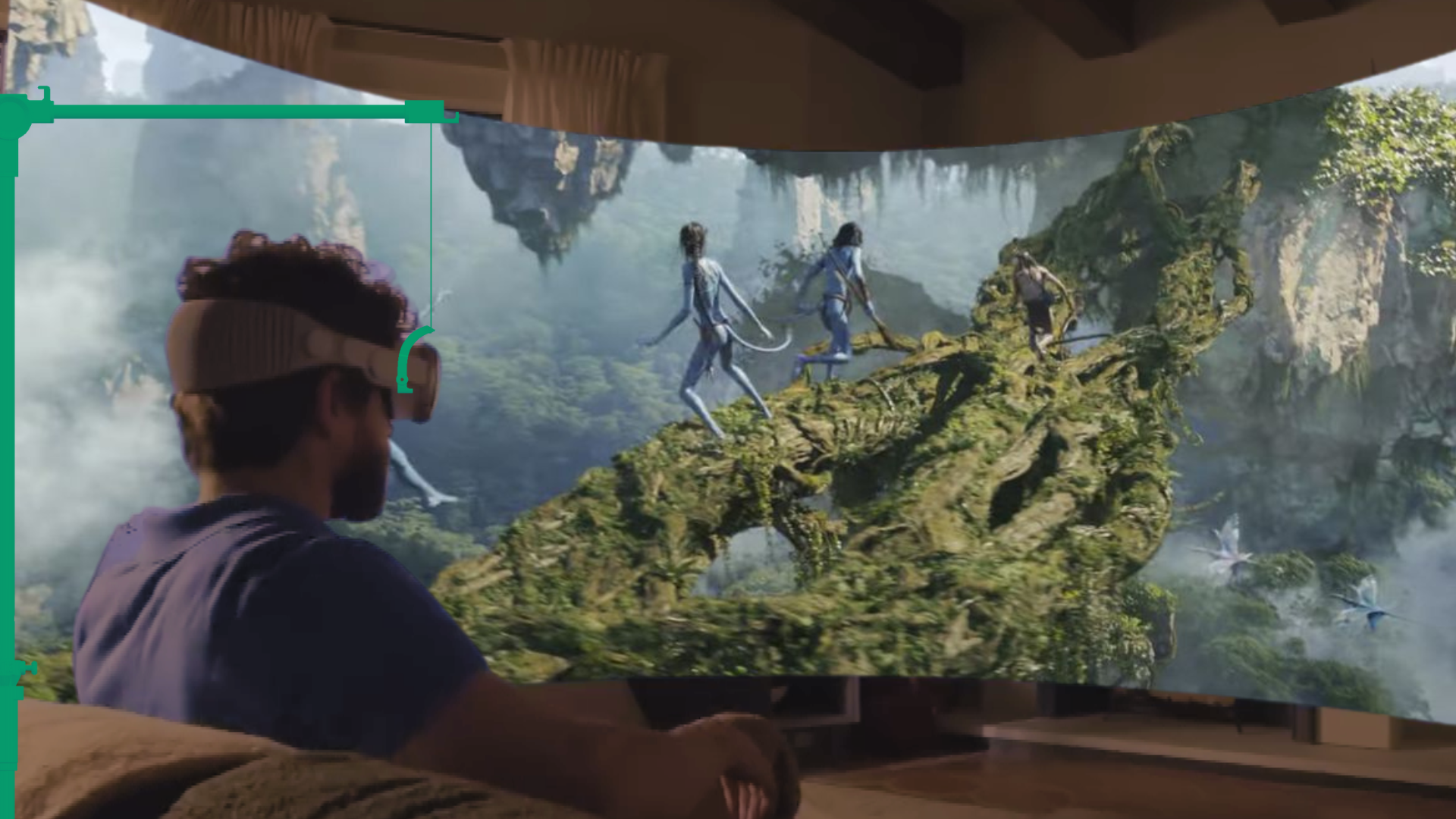
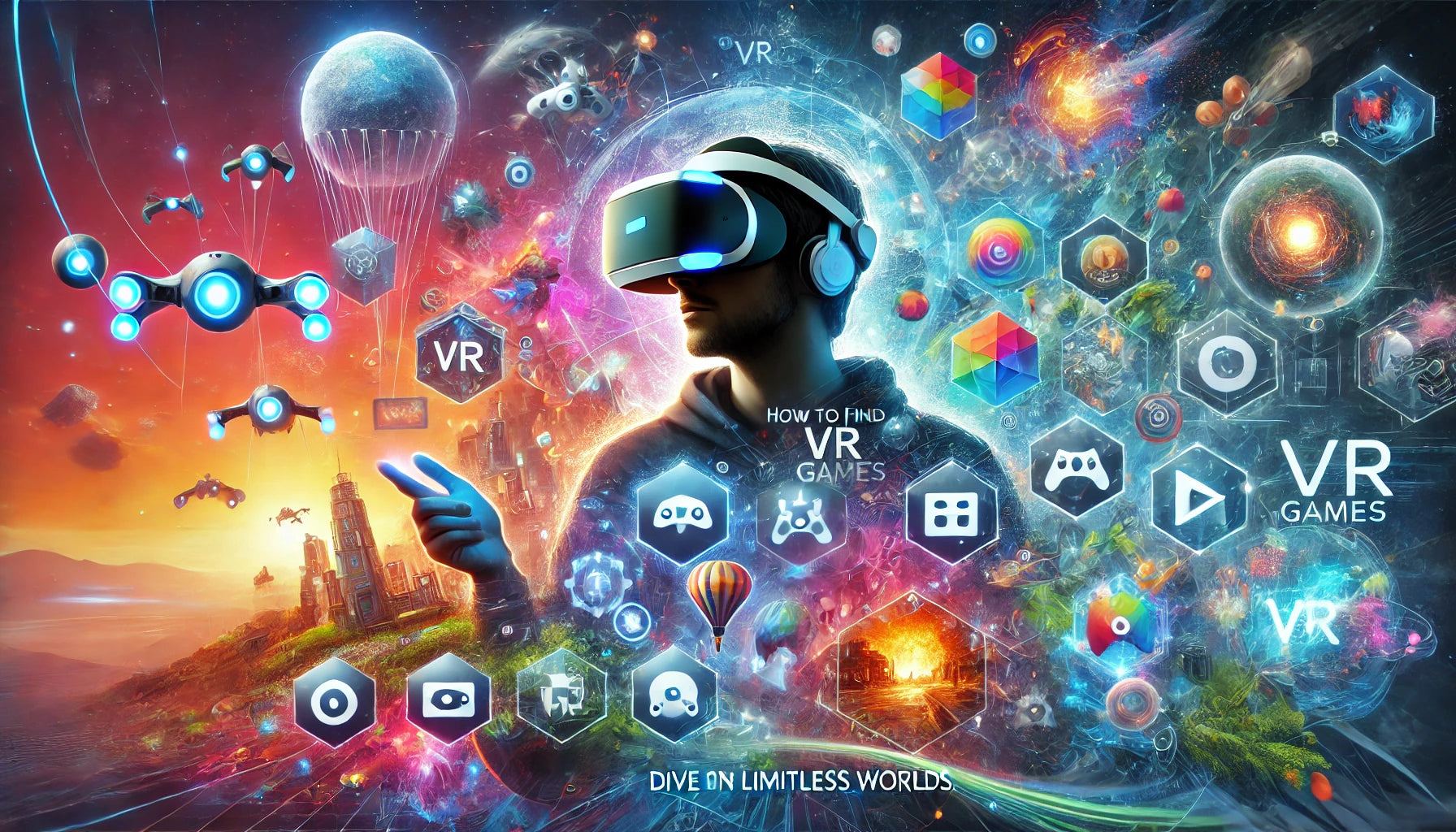
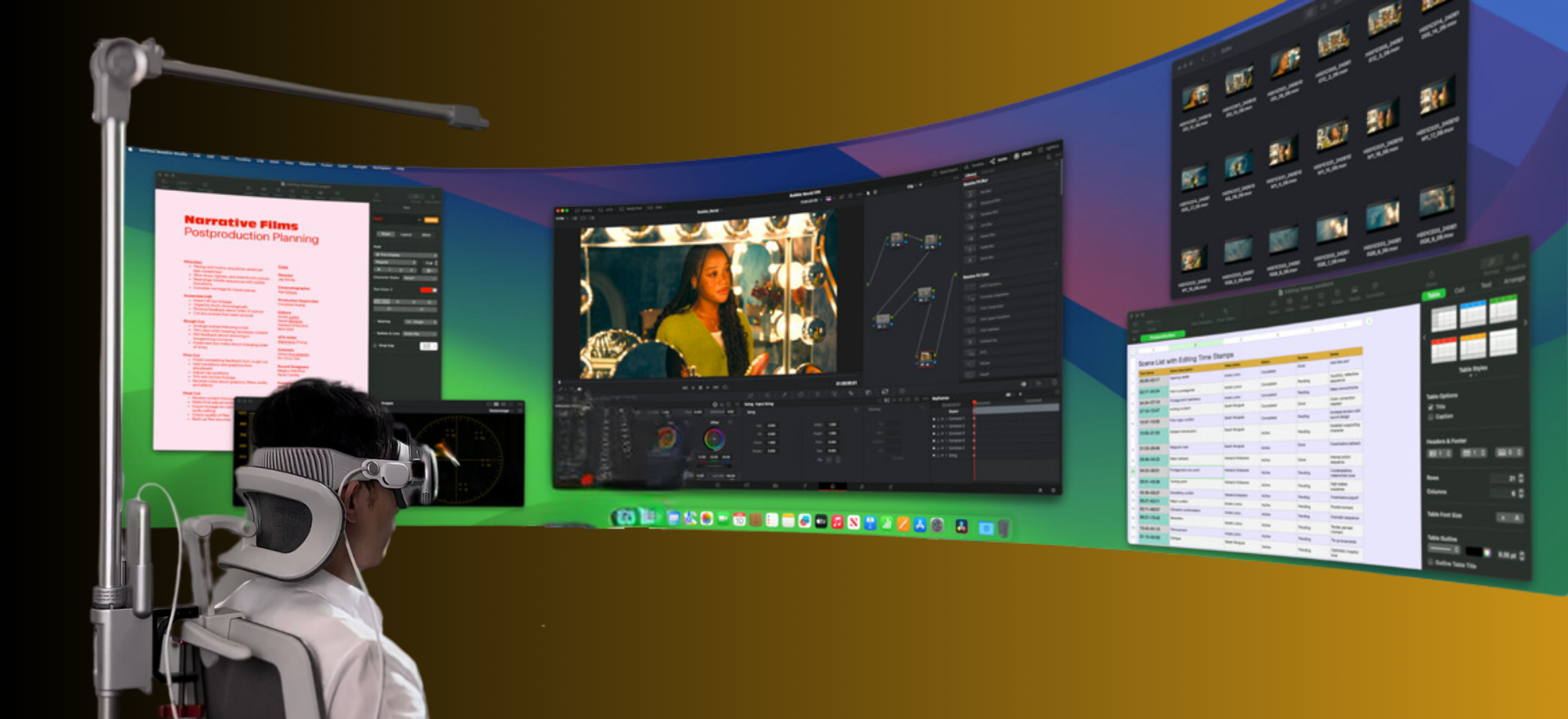
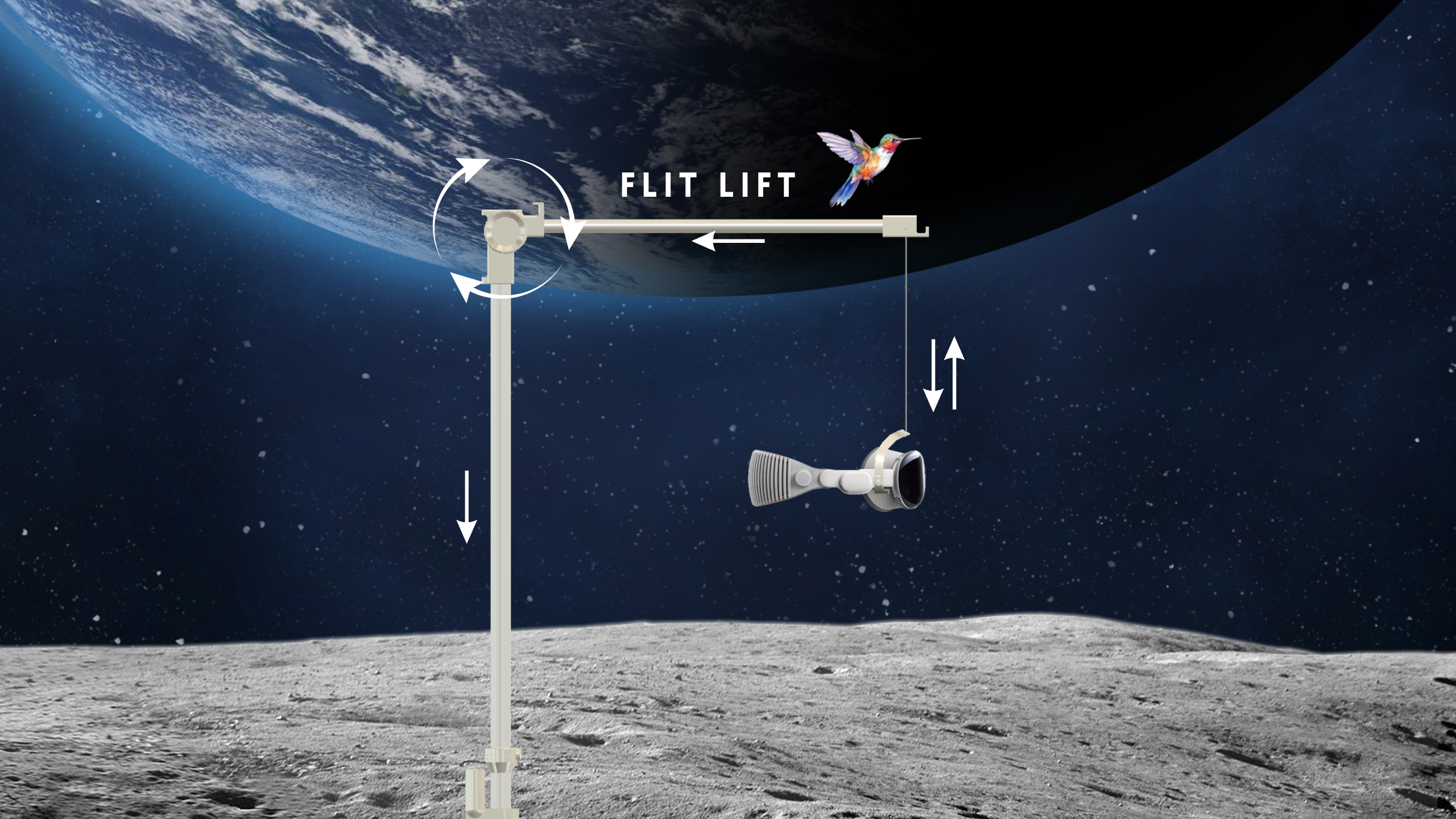
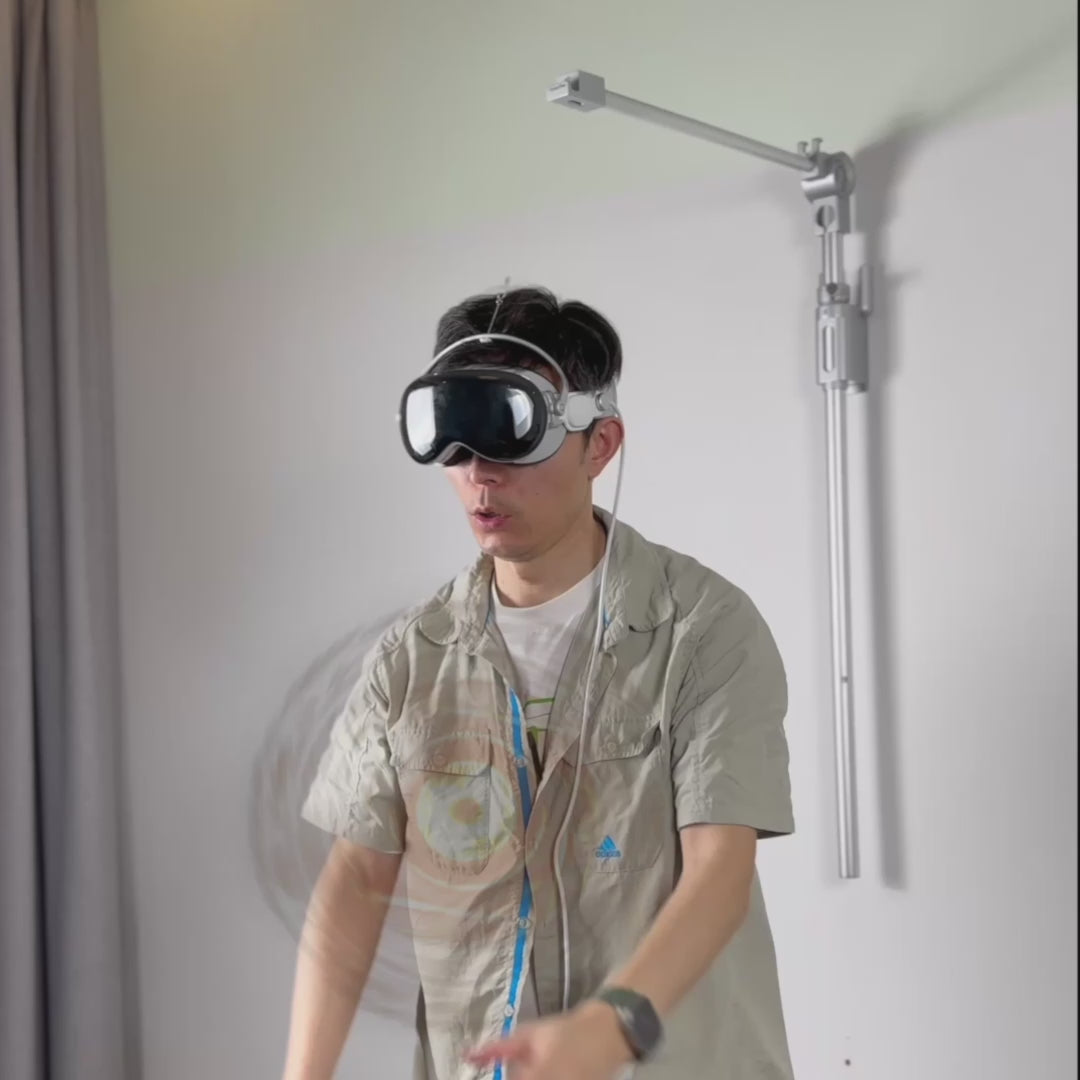
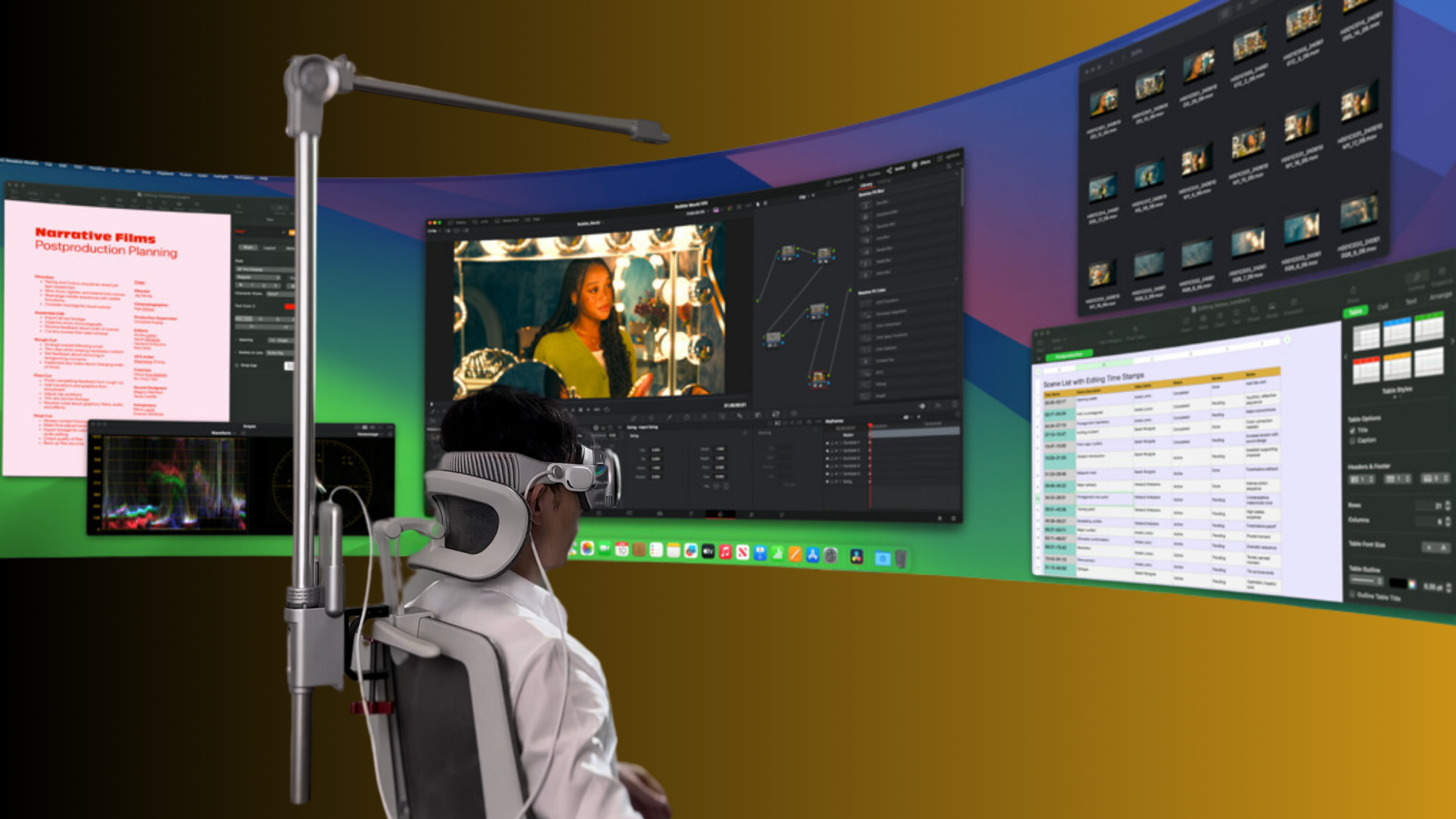
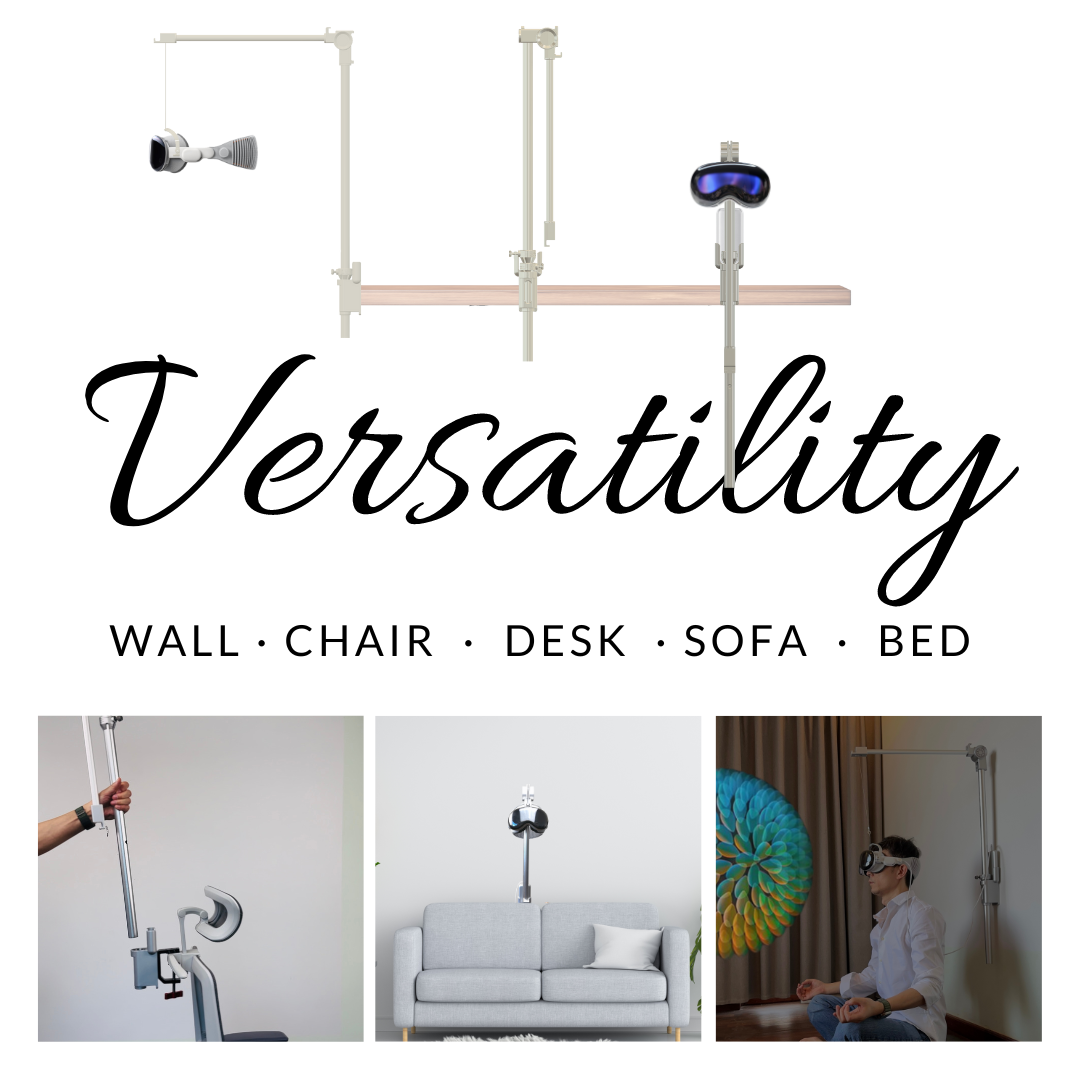
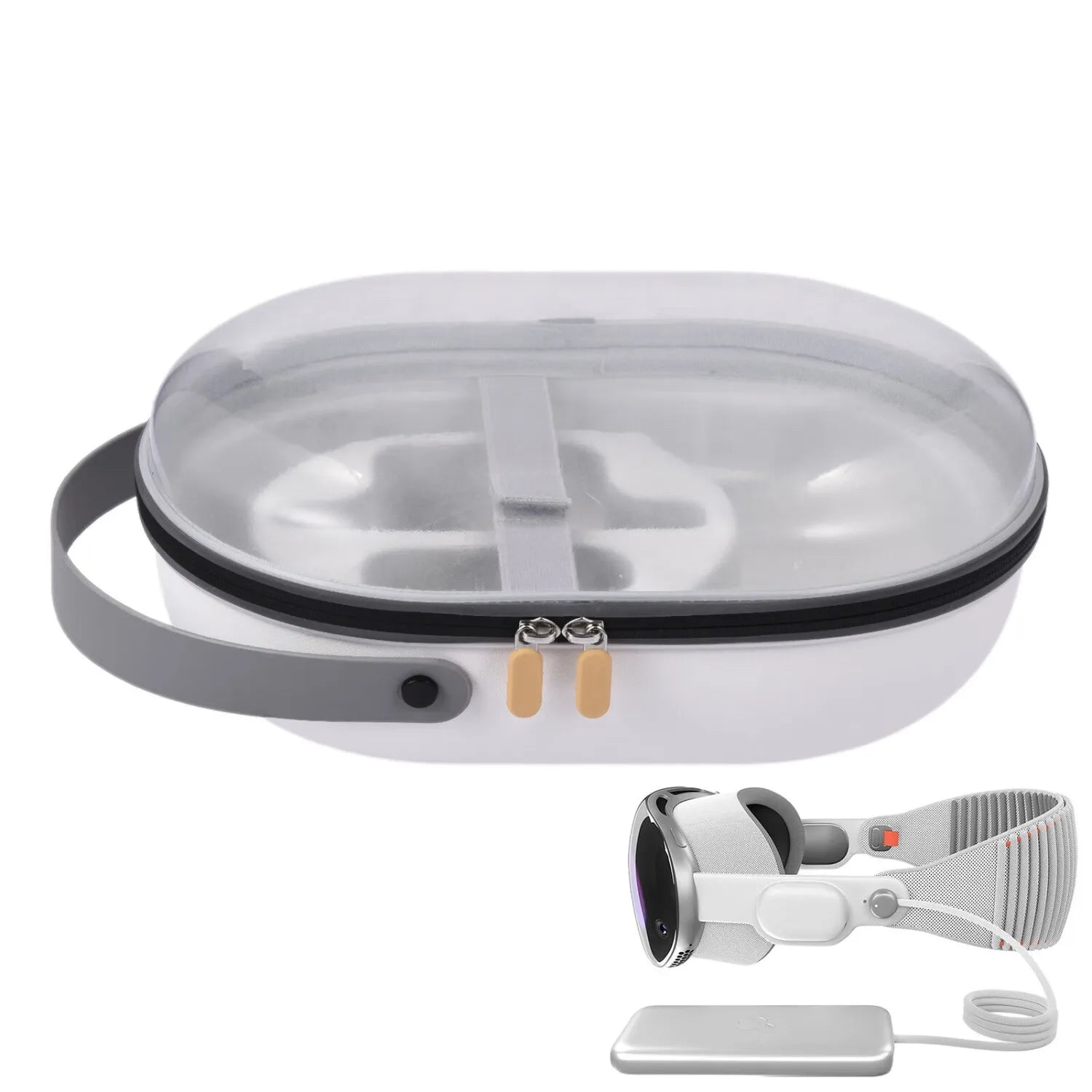
Compartir:
Vision Pro Development: More Than Just a Technological Revolution – It’s a Mental Health Challenge
Vision Pro’s Learning Curve: How to Prevent Developer Exhaustion